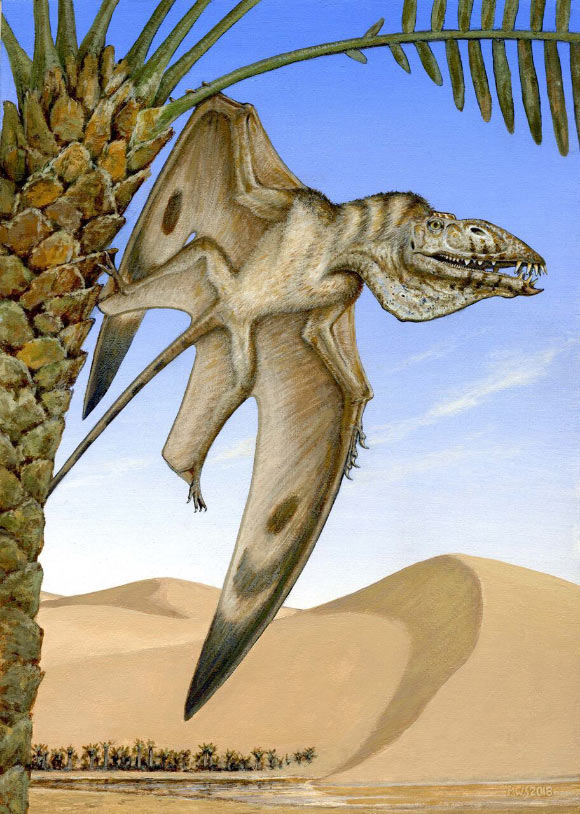
It seems to have lived in the desert and died more than 200 million years ago. It’s a new giant pterosaur with fang-like teeth.
Researchers have found an approximately 200 million-year-old fossil in Utah, of what they believe is a new species of pterosaur.
The ‘pterosaurs’ was a group of reptiles that went extinct about 65 million years ago. Among them were the largest flying animals ever known, with wingspans up to ten meters.
The newfound specimen is considerably smaller, however, with a width of about 1.5 meters. But the fossil is special in many other ways.
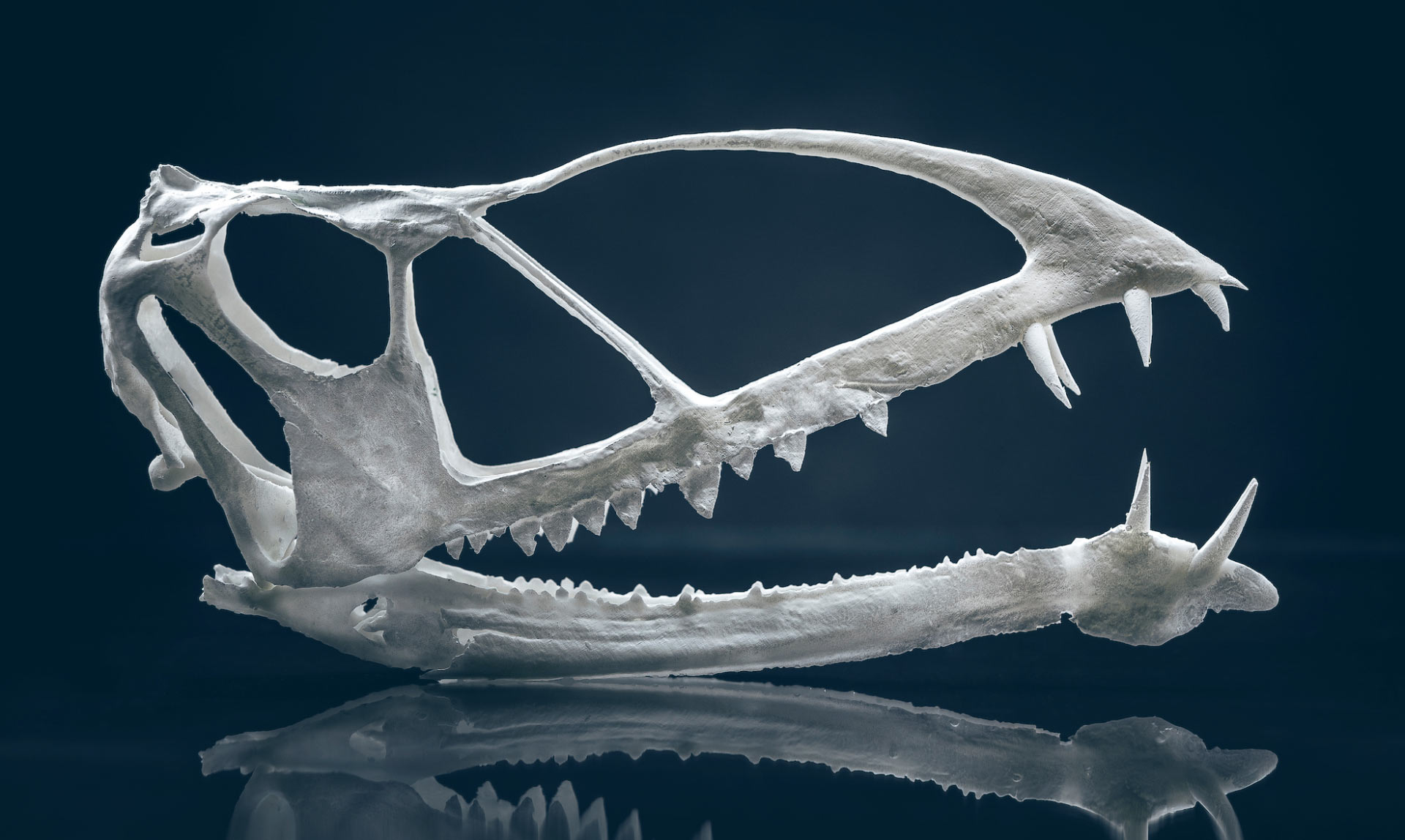
“Most Triassic specimens consist of just a single bone: for example, a little phalanx from a finger or one vertebra from the neck,”
“For this animal, we have the sides of the face and the complete roof of the skull, including the brain case, complete lower jaws and part of the wing.”
– Brigham Young University’s Dr. Brooks Britt.
Named Caelestiventus hanseni, the ancient flying reptile was comparatively large (wing span over 5 feet, or 1.5 m) and lived in harsh desert environments. It is the only record of desert-dwelling non-pterodactyloid pterosaurs. It predates all known desert pterosaurs by more than 65 million years. So, this finding shows that the flying reptiles lived in a variety of environments earlier than thought possible.
Reference:
Britt et al. “Caelestiventus hanseni gen. A sp. Nov. Extends the desert-dwelling pterosaur record back 65 million years”. Nature Ecology & Evolution, 2018. Doi.org/10.1038/s41559-018-0627-y.

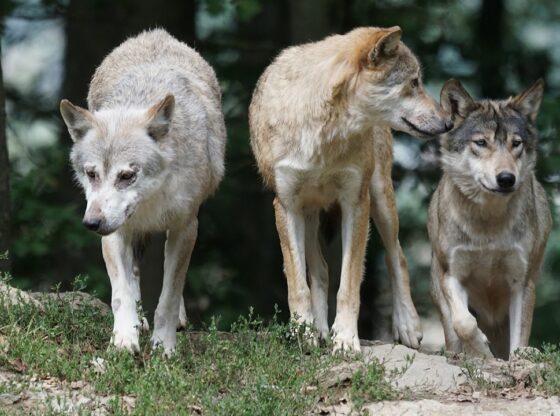
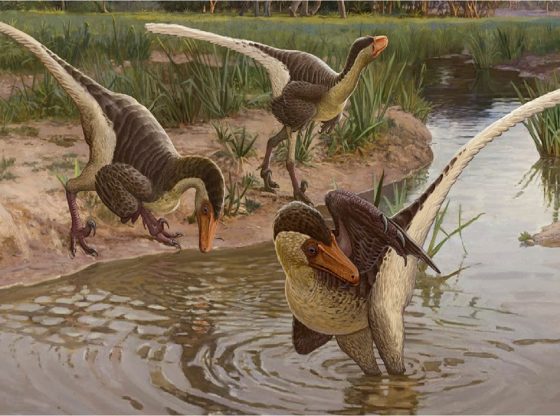


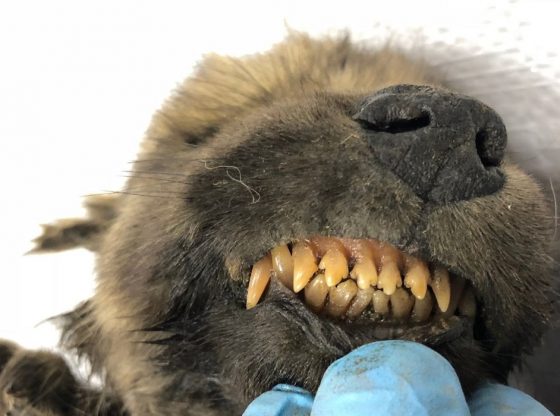
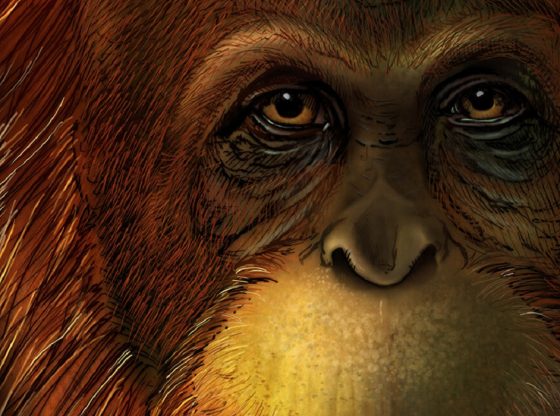
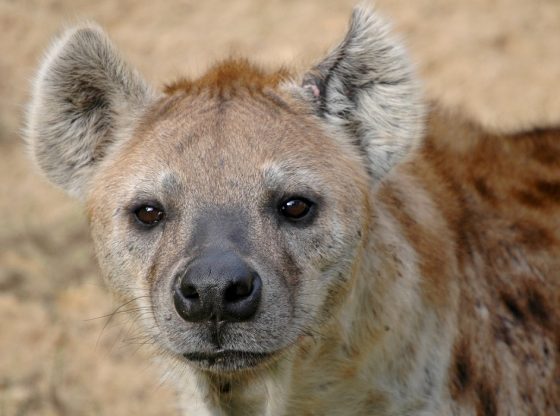
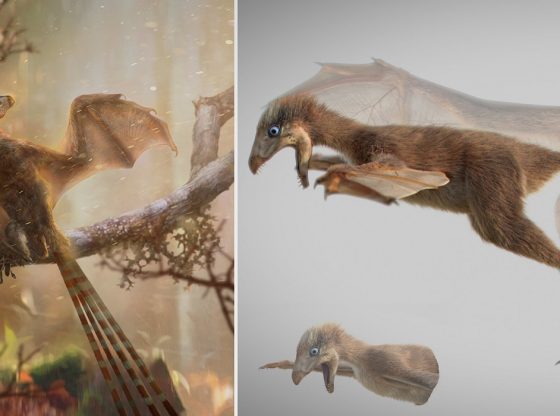
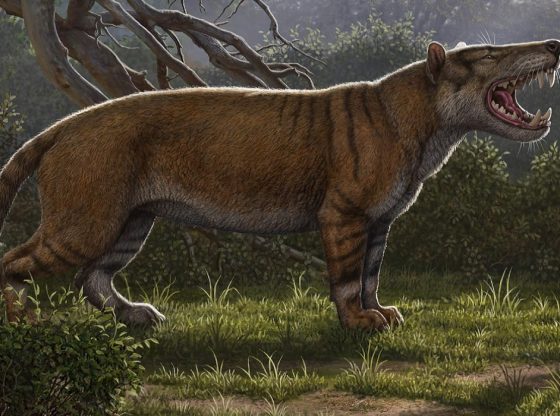
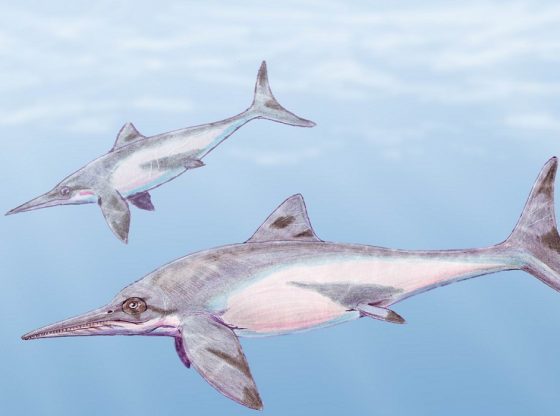
![OpenAI. (2025). ChatGPT [Large language model]. https://chatgpt.com](https://www.illustratedcuriosity.com/files/media/55136/b1b0b614-5b72-486c-901d-ff244549d67a-350x260.webp)
![OpenAI. (2025). ChatGPT [Large language model]. https://chatgpt.com](https://www.illustratedcuriosity.com/files/media/55124/79bc18fa-f616-4951-856f-cc724ad5d497-350x260.webp)
![OpenAI. (2025). ChatGPT [Large language model]. https://chatgpt.com](https://www.illustratedcuriosity.com/files/media/55099/2638a982-b4de-4913-8a1c-1479df352bf3-350x260.webp)








